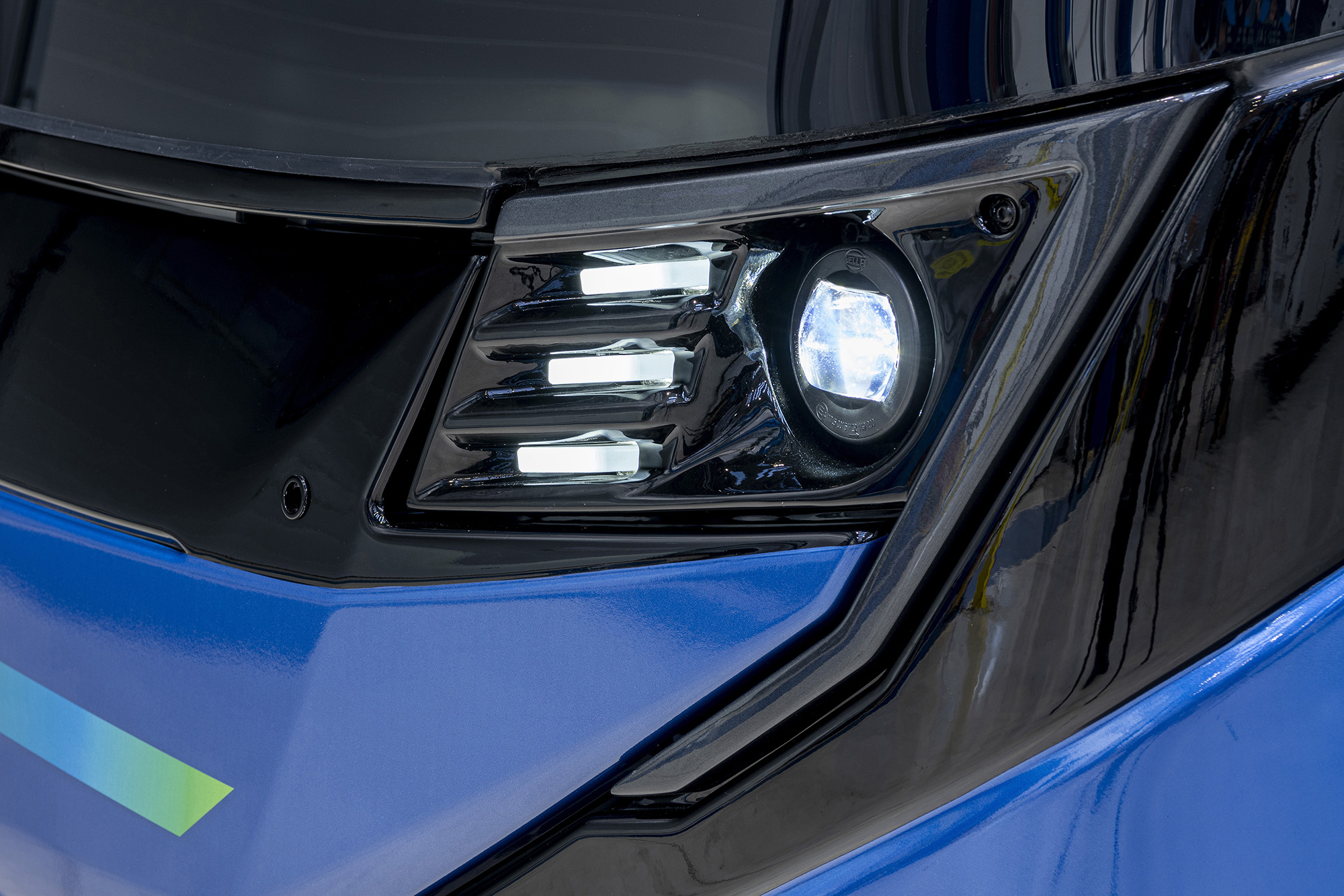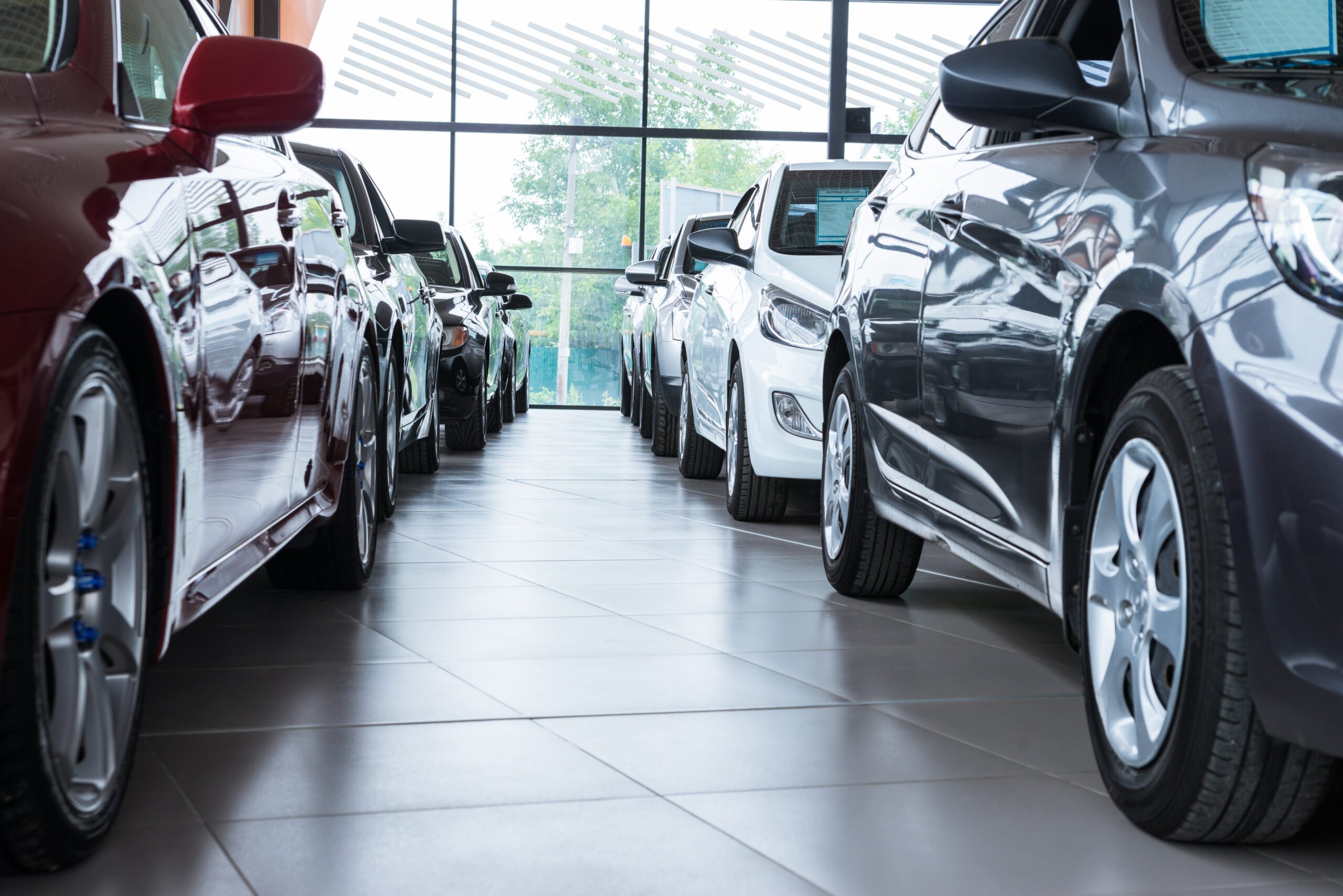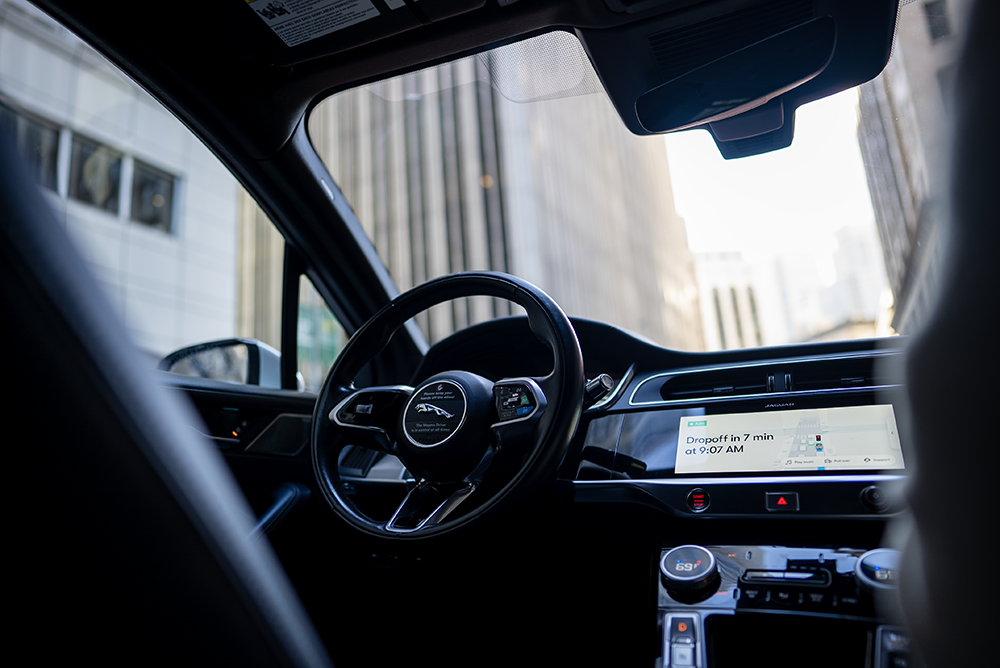
Much needed growth in the number of new buses, coaches and minibuses joining UK roads continued in the second quarter of 2025, according to SMMT’s latest market figures, with a 62.5% rise in registrations to almost 3,000 units. It marks the ninth consecutive quarterly increase, driven by demand for minibuses – already the largest segment by volume – which almost doubled (up 99.7%). Deliveries of new single and double decker buses also rose substantially, by 20.9% and 33.6% respectively.
It means more of the very latest models offering a revamped transport experience for local communities across the country – especially with zero emission bus (ZEB) rollout on the rise. Indeed, with 616 new ZEBs registered in Q2, that’s 45.3% more than the same period last year – with these greenest, cleanest models making up nearly one in four (24.6%) new buses entering service.
SMMT’s latest data on the UK’s new HGV market, meanwhile, shows registrations dipped by -11.2% to 10,185 units in Q2, amid a period of normalisation in fleet renewal after three years of robust post-pandemic growth. While most body types saw declines, there were bright spots, including record numbers of new zero emission trucks also reaching the road – up 32.3% compared with the same quarter last year.
Volumes remain at a fraction of the market, however, despite manufacturers already offering 35 different zero emission HGV models in the UK. While manufacturers are ready to move beyond the early adopter phase, operators need encouragement to invest – and government’s extension of the Plug-in Truck Grant, along with recently announced depot infrastructure funding, are welcome steps.
That said, there are limits on the grant, and so a holistic long-term approach is needed for the market to truly take off, however, with government’s current ambition for all new HGVs weighing up to 26 tonnes to be zero emission from 2035. That approach must include planning reform, given some depots face grid connection and chargepoint installation waits of up to 15 years. Decarbonising depots and fleets sooner rather than later, therefore, requires them getting the same fast-tracking priority as that afforded to data centres, solar and wind farms – sending the right signal to operators and ensuring more can realistically consider the transition for their business.


